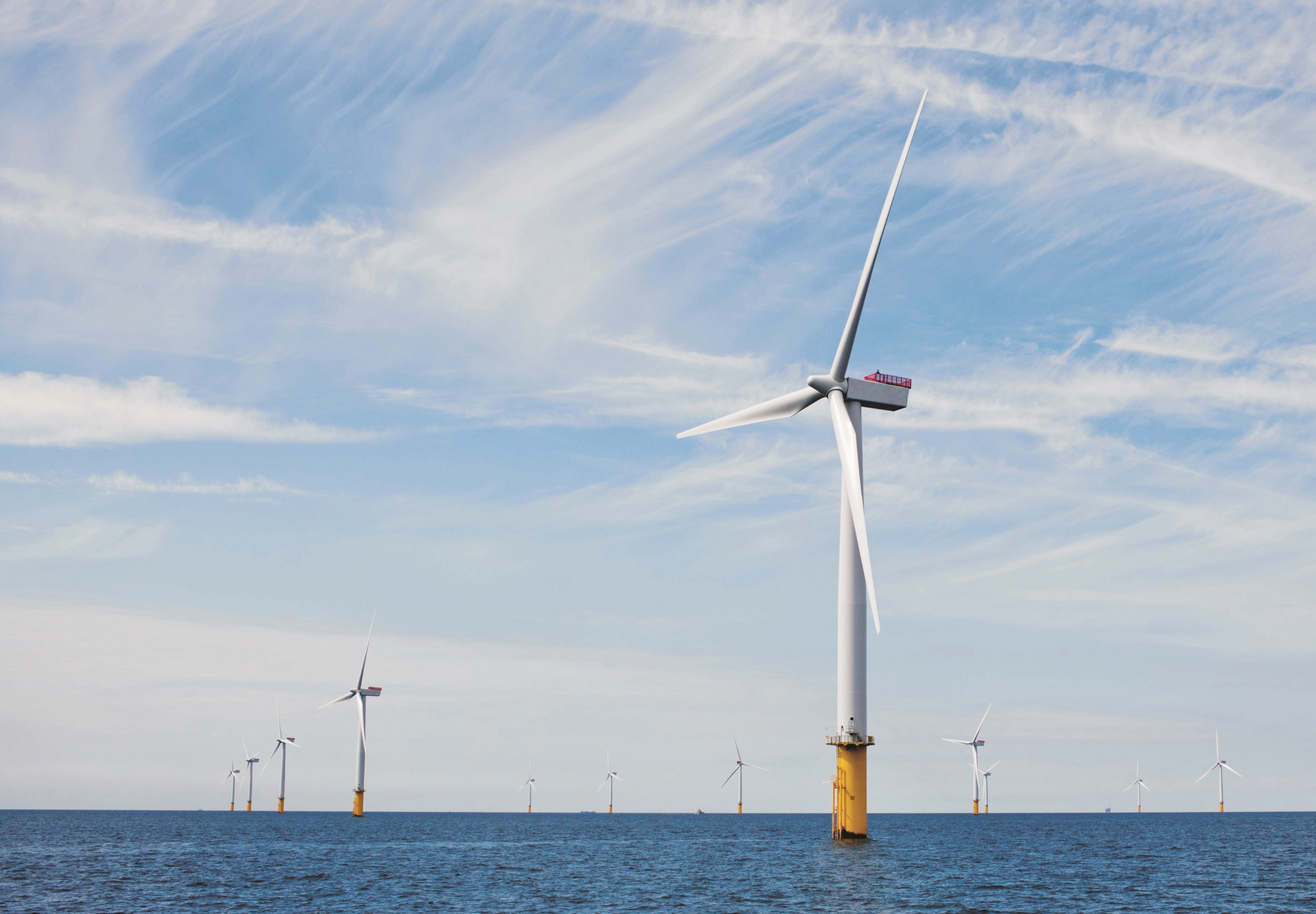
While the sector’s turbines are generating clean electricity, a complex network of sensors and systems are generating and logging information about the condition and performance of everything involved – from the turbine’s blades and drivetrain, down to its bolts and even the heart rate of the technicians sent to make repairs.
All of this data presents huge opportunities for project owner/operators to aid complex decision-making, but one of the industry’s key hurdles is a lack of specialist data analytics and artificial intelligence (AI) expertise to exploit it.
“We have all this data streaming off of machines, people, boats,” says Dr Conaill Soraghan, head of the Catapult’s Data and Digitalisation Team. “But for wind farm operators, this is problematic in two ways – the volume of data gathered and knowing which digital technologies to use to process and store it. Everybody recognises that there’s an opportunity, but at the moment we lack the know-how to really take advantage.”
In response to this industry-wide issue, the Catapult established a multi-disciplinary team of experts in computer science, data management, mechanical engineering and marine technology. Under Soraghan’s leadership, its focus is on addressing the main challenges in wind, wave and tidal data management, and investigating and spearheading new ways of processing and handling data.
“Right now, there are three main areas of focus for us,” says Soraghan. “The first is data sharing, which is critical for identifying issues before they happen and implementing optimal solutions.
“In oil and gas, it’s common practice to share data and benchmark so that you can find out how you’re performing against your competitors. It also helps identify issues, for example, why particular components fail more than others. It helps companies to set targets and can inform investment decisions.
“We developed the SPARTA (System Performance, Availability and Reliability Trend Analysis) and WEBS (Wind Energy Benchmarking Service) platforms, which are our flagship data projects at the moment. We focus on wind farm operations, but we’re always looking for new areas to apply benchmarking to: whether it’s the installation phase, health and safety, or the cost of offshore wind.”
Access to real-world operational data is one of the main barriers for the developers of innovative digital services. “At the Catapult we have access to operational assets including the Levenmouth Demonstration Turbine,” says Soraghan. “We’re making this publicly available through the Platform for Operational Data (POD) to support service providers.”
Distributed data and new ways of looking at data architecture are the next areas of focus for the team. “Wind farm operators all have disparate systems feeding data back to them. Our research indicates that these are not being as integrated as well as they could be, which is limiting the value of that data.
“We’re configuring business intelligence tools for wind farm owner/operators and tidal turbine manufacturers that aggregate these various sources and give them interactive visualisations, unlocking that additional value and making it more accessible to those who need to know the results, but don’t have the time or skill to do the number-crunching themselves.
“And it also gives a single source of the truth, as well as quality and efficiency gains.”
The third area of focus for Soraghan’s team is exploring new ways of analysing the vast quantities and varieties of data once it has been collected and aggregated into a useable format. “The industry is going through an interesting phase of trying to understand the value of converting massive amounts of raw data into useful insight through new approaches like data mining, automation, digital twins and machine learning. We are seeking to de-risk these innovative, but less–understood, modern techniques,” says Soraghan.
“There are many visualisation tools that make data look good, but those tools need to be configured with industry insight. For example, the visualisation tool can show your gearbox temperature – but it doesn’t know the safe threshold. There’s a real struggle at the moment to find out what are the safe working limits and the important warning signs that there is potentially an issue developing. We’ve been using data mining techniques to apply key expertise, learn from the data, and capture patterns and insight. Once we’ve done that, we can plug it into a customer’s business intelligence tools, and this is really helping them extract value from the data.”
The Crown Estate-commissioned Data Pilots project is enabling the Catapult to spearhead innovation in big data and analytics. “It can be expensive to change your whole digital infrastructure,” says Soraghan, “and there’s risk involved too, because we don’t know for certain that new processes will work.”
Other barriers include behavioural change and archaic IT. “We want to help the industry innovate and try new approaches, so we will provide an engineer and a computer scientist for three months of in-kind consultancy to showcase, and experiment with, modern digital approaches to solve problems at no fee.”
Soraghan says that the ultimate goal is for the Catapult to become the go-to organisation for the offshore renewable energy sector in the field of data. “Data and digitalisation has been an industry buzzword lately,” he says, “but here at the Catapult there has been real, tangible progress and direct investment.
“It’s now clear that cutting-edge analysis can cut costs and help make smarter decisions. We’re here to help the industry embrace a more efficient, effective, data-driven future.”